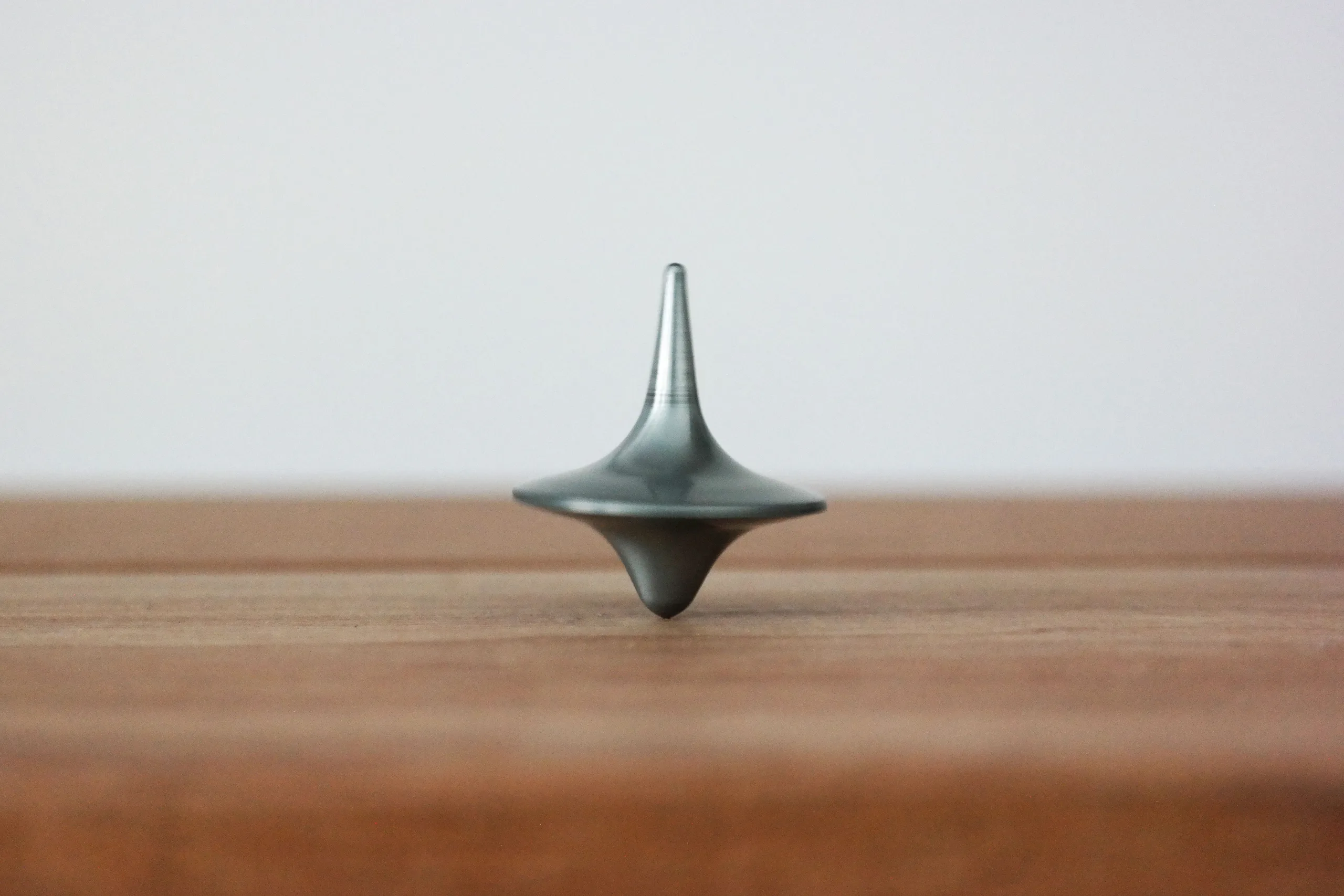At ZEALS.ai, we like to keep communication lines open and curiosity high. So when a coworker wanted to know more about UX Research, I got ready to share my perspective with them. They were curious about the amount of time it takes to conduct UX Research and if it was possible to maintain high-quality research results while also limiting the research time. This is a tricky question because it’s important to maintain a balance between time and results. I would like to share my perspective on how not only to do “speedy” UX Research but in a way that we don’t lose good quality.
Please note there are many ways and perspectives to achieve this, but I am tailoring my answer specifically for Zeals.
UXR Tip #1
From the start, I believe it’s important to prioritize what you want to understand. There are many unknowns within research and it’s important to not get overwhelmed by the amount we don’t know yet. Listing out all the research questions and prioritizing the most important ones with your team is a great way to start planning for upcoming research. This will prevent wasting time on lower-priority research that can be saved for later. Think about how the research will prioritize not only the business and tech side, but the user needs as well.
Once the highest priority research has been decided, the UX Researcher can help you decide on the correct methodology for finding the answers to the unknowns. This is crucial in saving time and doing speedy research as sometimes the answer to a question can be solved with a simple A/B test. Other times, it requires recruiting users, compensating time, and designing high-fidelity prototypes which can take more time. If you’d like research to move even faster, narrow the scope of the research from the start instead of leaving the goal too broad.
UXR Tip #2
Although it does take time to recruit participants, time can also be saved by using remote tools to help recruit participants, measure surveys, and usability tests. In order to make iterations quickly and identify issues, sending out unmoderated surveys and/or usability tests allows participants to complete them according to their schedule. This saves time for the researcher and participants which is a win-win for us!
UXR Tip #3
Although it’s great to move fast and get the research completed, conducting speedy research does come with the risk of lowering the quality of the research in the end. There will be a lot of quantitative data showing up after each test is completed, but it’s not enough to accept numbers at face value. The numbers don’t explain the why behind a 5/10 or the why for a sad face emoji. It’s best to ensure research is given enough time to gather and analyze all the data. Ideally, it’s best to give a few weeks per research project, but answering a short question could take about a few days depending on the participants’ schedule.

To wrap up, yes, it is possible to conduct speedy UX Research. We can speed up the process by prioritizing the research questions, selecting the right methodology, and using remote tools to help with the process. However, if the UX Researcher advises spending a few weeks to learn more about an important part of the user flow, think of all the great insights you’ll learn!











